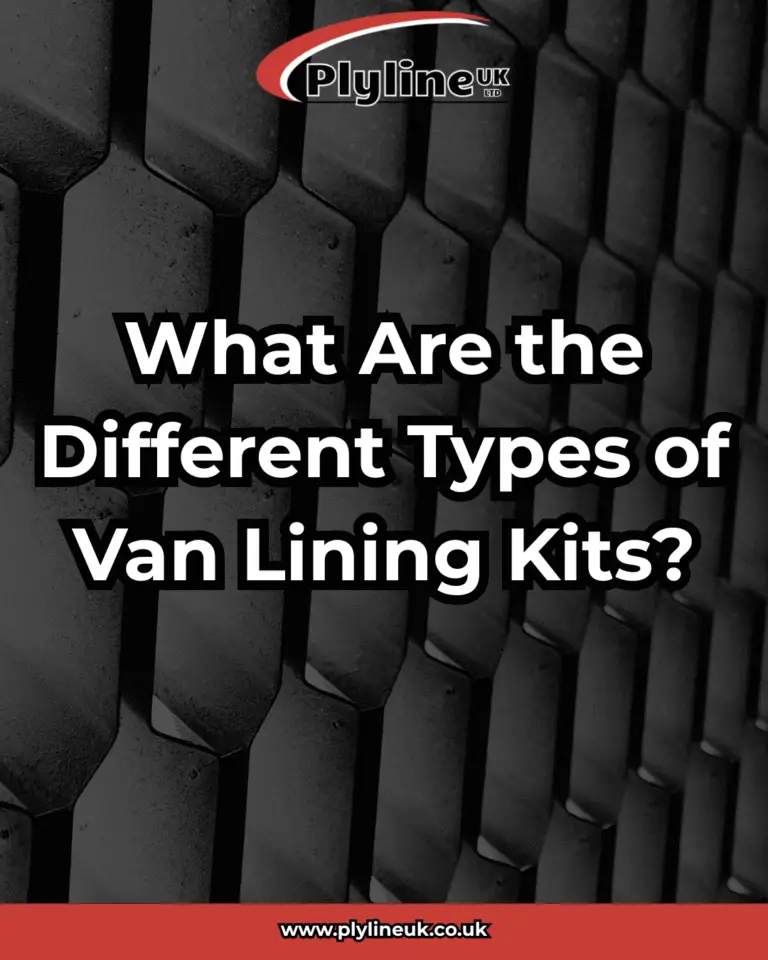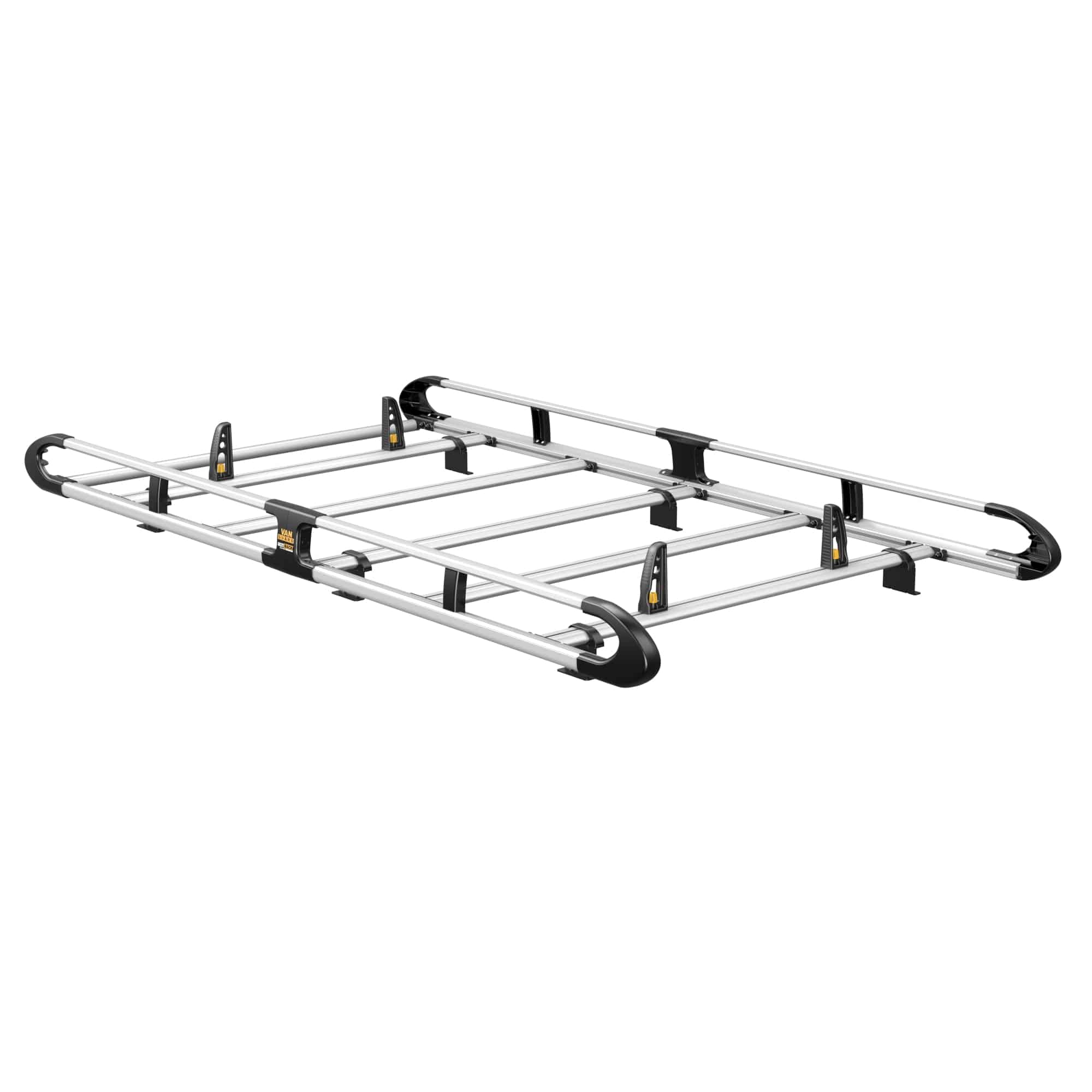
Blog

The Ultimate Guide to Van Lining Kits for Trades & Fleets
Whether you’re an electrician, courier, or fleet manager, protecting your van is a smart investment. A quality lining kit can preserve your asset, boost efficiency, and even enhance resale value.
1. Why Van Lining Matters
-
Protect Cargo Space from Damage
Lining shields the van’s metal walls and floor from scratches, dents, and corrosion—prolonging vehicle life and reducing wear-and-tear penalties. -
Cut Maintenance Costs & Downtime
Avoiding rust, panel repair, and bodywork means fewer costly trips to the panel shop . -
Noise Reduction & Insulation
Ply boards dampen noise and can help regulate interior temperatures—key for cold-storage deliveries or commuter vans -
Solid Base for Shelving & Racking
Lining provides a strong foundation for mounting racking, drawers, and bespoke fittings—vital for organised workflows.
2. Choosing the Right Kit for Your Workload
| Kit Type | What It Includes | Best For | Key Benefits |
|---|---|---|---|
| Standard Wood Ply | 6–9 mm side/door boards + 9–12 mm floor | General trades (electricians, plumbers, builders) | Cost-effective, decent protection, easy to modify |
| Heavy-Duty Wood Ply | Up to 12 mm reinforced boards | Construction, heavy tools, harsh conditions | Extra durability, robust defence |
| Phenolic/Hexa‑Ply Flooring | Plywood with anti-slip resin | Couriers, wet/muddy trades | Water-resistant, easy to clean, anti-slip |
| Polypropylene/Plastic Kits | Lightweight molded panels | Parcel delivery, fleets prioritising payload | Washable, moisture-resistant, reduces fuel costs |
| Insulated Ply with Backing | Ply backed with insulation | Campervans, mobile workshops, HVAC trades | Keeps temperatures stable, cuts noise |
| Full Racking Conversion Kits | Ply lining + shelving, boxes, modular storage | Electricians, plumbers, service engineers | Maximises space and efficiency |
| Custom Specialist Kits | Tailored for niche mobile businesses (e.g. mobile shops, food trucks) | Unique brand/user experience | Functional design and branded finish |
3. Picking the Right Material
-
Wooden Ply (often marine-grade birch) is durable, adaptable, and offers robust insulation—perfect for heavy-duty jobs.
-
Plastic Polypropylene liners are light, cost-effective, and water-resistant, ideal for daily fleet use.
-
Phenolic Floor Ply provides hygienic, anti-slip surfaces suitable for wet or oily work.
4. Long-Term Returns on Investment
-
Adds Value on Resale or Return-to-Lease
A neat, protected load bay helps avoid lease turn-in wear penalties. -
Saves Fuel & Weight Costs
Lightweight plastic linings save up to 40 kg—potentially reducing fuel costs by £450 over 125k miles. -
Promotes Brand & Professional Appearance
A clean, organized van reflects professionalism and can improve customer trust.
5. Learn More
For more in-depth guidance:
-
Vanarama explores why ply lining works and where to get it done.
-
Premier Commercial Vehicles offers a pros and cons breakdown of various lining materials.
-
Panelvan details practical liners like phenolic and plastic .
6. What to Do Next
-
Assess your workflow—consider how harsh your environment is, moisture exposure, and needed insulation.
-
Choose your material wisely—heavy duty or budget-friendly? Lightweight or rugged?
-
Plan your layout—think about shelving, insulation, or special branding needs.
-
Get a professional quote—with fitting that minimises downtime.
-
Track benefits over time—fuel savings, reduced damages, and increased resale value.
Interested in a Custom Van Lining Solution?
Contact Plyline UK today for a tailored quote, fitment plan, or more industry advice. Protect your investment, improve organisation, and give your van the professional edge it deserves.
Get in touch now → www.plylineuk.co.uk


